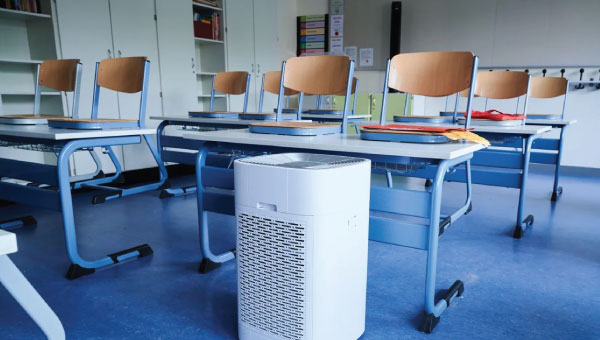Morawska L, et al. Mandating indoor air quality for public buildings. Science, 28 March 2024. Vol 383, Issue 6690. pp. 1418-1420
“People living in urban and industrialized societies, which are expanding globally, spend more than 90% of their time in the indoor environment, breathing indoor air (IA). Despite decades of research and advocacy, most countries do not have legislated indoor air quality (IAQ) performance standards for public spaces that address concentration levels of IA pollutants. Few building codes address operation, maintenance, and retrofitting, and most do not focus on airborne disease transmission. But the COVID-19 pandemic has made all levels of society, from community members to decision-makers, realize the importance of IAQ for human health, wellbeing, productivity, and learning. We propose that IAQ standards be mandatory for public spaces. Although enforcement of IAQ performance standards in homes is not possible, homes must be designed and equipped so that they could meet the standards.”
DOI: 10.1126/science.adl0677
https://www.science.org/doi/10.1126/science.adl0677
Comment: The increasing levels of PM 2.5 have also made it clear that both short- and long-term exposure to PM 2.5 can have adverse health consequences. A recent study (Yu W, et al. Estimate of global mortality burden associated with short-term exposure to fine particulate matter (PM 2.5), The Lancet Planetary Health March 2024. https://www.thelancet.com/journals/lanplh/article/PIIS2542-5196(24)00003-2/fulltext ) called for increased efforts to institute standards for both short-term and long-term exposures. Short-term exposures were estimated to result in a million premature deaths, not an insignificant number but less than the number attributed to outdoor air pollution. Stephen Hamann












